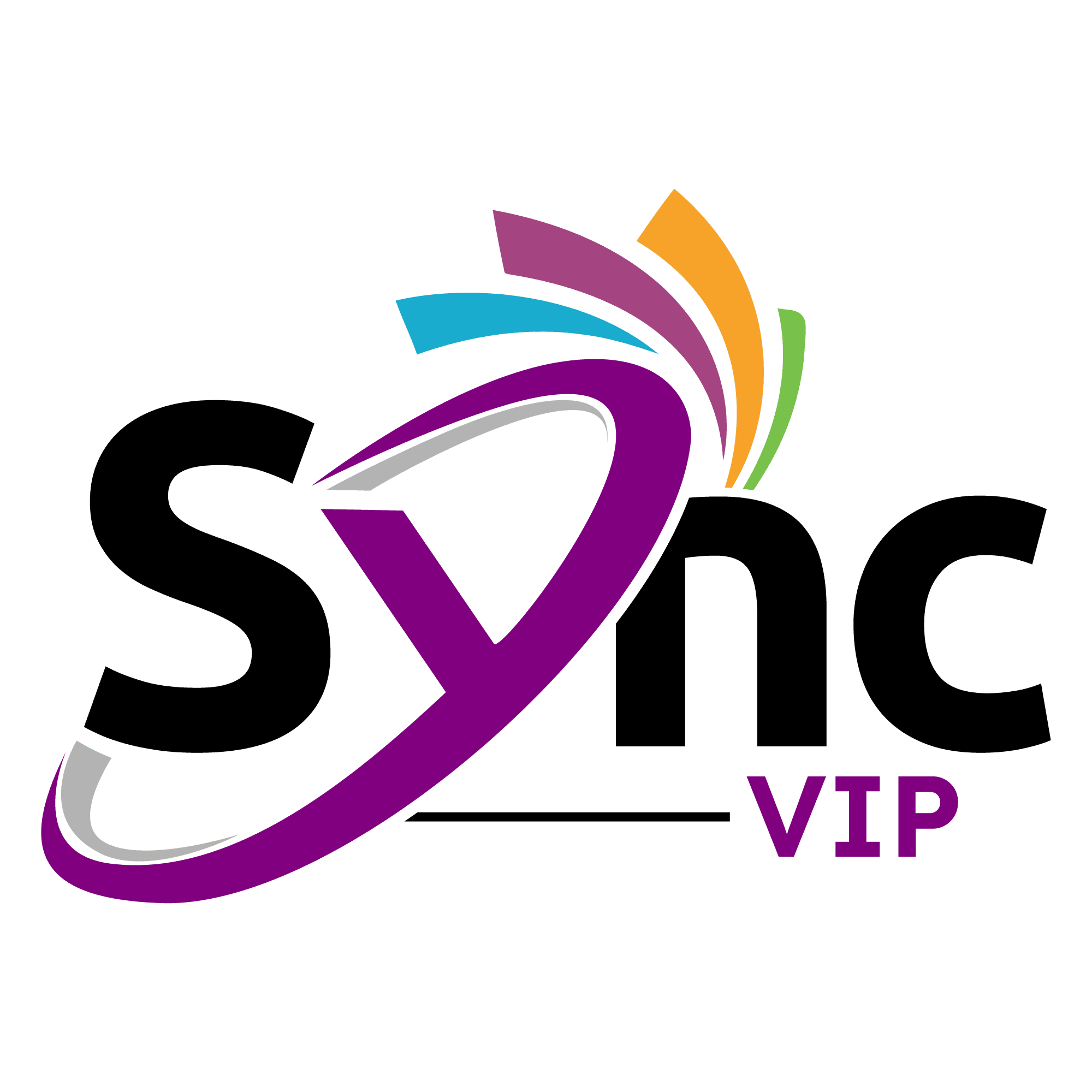In the dynamic landscape of modern business, strategic collaborations between individuals and brands have become a cornerstone for success. The ability to forge meaningful partnerships opens the door to a myriad of opportunities, from expanding your audience reach to fostering innovation. Amidst this backdrop, understanding how to reach out to brands for collaboration is a skill that can propel your venture to new heights. This article seeks to provide you with actionable insights and proven strategies to make your outreach efforts not only effective but also mutually beneficial.
Collaborations with brands can be transformative, injecting vitality and diversity into your brand identity. Whether you’re an influencer seeking to align with like-minded companies or a business owner looking to amplify your market presence, the principles of successful brand outreach remain consistent. The process begins with recognizing the importance of effective communication and establishing a genuine connection with potential collaborators.
As we delve into the intricacies of reaching out to brands for collaboration, it’s crucial to keep in mind that every successful partnership starts with a well-crafted approach. By the end of this article, you’ll be equipped with the knowledge to navigate the collaborative landscape, from understanding your brand and audience to fostering long-term relationships with brands that resonate with your vision. Let’s embark on this journey to unlock the secrets of successful brand collaborations.
Understanding Your Brand and Audience
Crafting a compelling brand narrative is the foundational step in any successful collaboration outreach strategy. Before reaching out to potential partners, you must intimately understand your brand’s identity and the audience it seeks to engage. This knowledge not only refines your pitch but also ensures that collaborations align with your core values and resonate with your target demographic.
Defining your Brand Identity
Begin by articulating the essence of your brand. What values does it embody? What makes it unique in the market? Clearly defining your brand identity not only strengthens your own understanding but also provides a solid foundation for potential collaborators to evaluate compatibility. Whether your brand is synonymous with innovation, sustainability, or authenticity, a well-defined identity becomes the cornerstone of effective outreach.
Identifying your Target Audience
A deep understanding of your audience is equally pivotal. Who are your current customers or followers? What are their interests, demographics, and preferences? This information not only aids in selecting brands that align with your audience but also allows you to communicate your collaborative value proposition more effectively. Brands are more likely to engage if they see the potential for mutual benefit, making audience alignment a critical factor in successful collaborations.
Aligning your Brand with Potential Collaborators
Once you’ve solidified your brand identity and identified your target audience, the next step is aligning with brands that share similar values. Look for companies that complement your mission and enhance your brand story. This alignment not only makes collaborations more authentic but also increases the likelihood of resonating with your shared audience. As you move forward in your brand outreach journey, this alignment will be the bedrock upon which successful collaborations are built.
By meticulously understanding your brand and audience, you pave the way for targeted and meaningful collaborations.
Building a Solid Online Presence
In the digital era, your online presence serves as the gateway to your brand. Before engaging in outreach to potential collaborators, it’s essential to ensure that your online persona is not only compelling but also aligns with the values you wish to project. Building a solid online presence involves strategic use of social media platforms and showcasing your previous collaborations, if applicable.
Crafting a Compelling Online Persona
Your online persona is the face of your brand in the digital realm. Craft a narrative that resonates with your audience and reflects the core values of your brand. Consistency across platforms is key—ensure that your messaging, visuals, and tone are cohesive. A compelling online persona not only attracts potential collaborators but also strengthens your brand’s credibility and authenticity.
Leveraging Social Media Platforms Effectively
Social media is a powerful tool for brand outreach. Identify the platforms most frequented by your target audience and strategically engage with them. Share content that reflects your brand identity and values. Actively participate in conversations relevant to your industry. Effective use of social media not only broadens your reach but also positions you as a thought leader in your niche, making your brand more attractive to potential collaborators.
Showcasing your Previous Collaborations
If you’ve had previous collaborations, showcase them prominently in your online portfolio. Highlight the success stories, emphasizing the value you brought to those partnerships. This not only serves as a testament to your collaborative capabilities but also provides tangible examples for potential collaborators to assess. Demonstrating a track record of successful collaborations enhances your credibility and instills confidence in brands considering a partnership with you.
Building a solid online presence is a continuous effort that requires attention to detail and responsiveness to evolving trends.
Researching Potential Collaborators
Before initiating outreach to brands, a crucial step is thorough research to identify potential collaborators whose values align with yours. Understanding the landscape of your industry and pinpointing brands that share common ground sets the stage for more meaningful and fruitful collaborations.
Identifying Brands with Similar Values
Begin your research by identifying brands that share similar values and ethos. Look beyond the surface and delve into their mission statements, brand messaging, and corporate social responsibility initiatives. Brands that align with your values are more likely to see the potential for genuine and authentic collaboration, enhancing the overall impact of the partnership.
Analyzing Past Collaborations of the Targeted Brands
Study the collaborative history of the brands you’re interested in. Analyze their previous partnerships to gauge the nature of collaborations they value and the type of individuals or businesses they have collaborated with in the past. This insight helps you tailor your outreach message to align with their preferences and expectations, increasing the likelihood of a positive response.
Ensuring Compatibility and Authenticity
Compatibility and authenticity are the cornerstones of successful collaborations. Ensure that the brands you’re considering not only align with your values but also offer a complementary fit. Authenticity in your outreach efforts fosters genuine connections, making it more likely for brands to view your proposal as a mutually beneficial opportunity. This authenticity sets the stage for a collaborative partnership grounded in shared values and goals.
As you embark on the research phase, remember that the time invested in understanding potential collaborators pays off in the quality of partnerships you establish. By pinpointing brands that resonate with your mission, you lay the foundation for a successful outreach strategy that is both targeted and authentic.
Crafting a Persuasive Outreach Message
The art of crafting a persuasive outreach message lies in presenting a compelling case that not only captures the attention of potential collaborators but also communicates the unique value you bring to the table. A well-crafted message should be personalized, highlight mutual benefits, and convey your pitch concisely and impactfully.
Personalizing your Communication
Generic outreach messages often fall flat. Personalization is the key to standing out in a sea of collaboration requests. Begin by addressing the recipient by name and expressing genuine interest in their brand. Reference specific aspects of their work or values that resonate with you. This personal touch demonstrates that your outreach is thoughtful and tailored to their unique brand identity.
Highlighting Mutual Benefits
Clearly articulate the mutual benefits of collaboration. Emphasize how the partnership aligns with the goals and values of both parties. Whether its expanding audience reach, enhancing brand credibility, or tapping into new markets, outlining the advantages demonstrates that you’ve carefully considered the value proposition for both sides. This alignment increases the likelihood of a positive response.
Crafting a Concise and Impactful Pitch
Attention spans are short, so your pitch must be concise yet impactful. Clearly state who you are, why you admire the brand, and how collaboration can be mutually beneficial. Use compelling language and storytelling elements to evoke interest. A well-structured pitch not only communicates your sincerity but also makes it easy for potential collaborators to grasp the essence of your proposal quickly.
Crafting a persuasive outreach message requires a delicate balance of personalization, highlighting mutual benefits, and concise communication. As you proceed with your brand outreach strategy, this section equips you with the skills to create messages that resonate with potential collaborators, increasing the likelihood of establishing meaningful partnerships.
Utilizing Professional Networking Platforms
In the realm of brand collaboration, leveraging professional networking platforms can significantly enhance your outreach efforts. Platforms like LinkedIn offer unique opportunities to connect with brand representatives, showcase your expertise, and establish meaningful connections. Here’s how you can strategically utilize these platforms for effective brand outreach.
Leveraging LinkedIn for Brand Outreach
LinkedIn, as a professional networking powerhouse, provides a direct channel to connect with key decision-makers within brands. Optimize your LinkedIn profile with a professional photo, a compelling headline, and a comprehensive summary that reflects your brand identity. Actively engage with relevant content, join industry groups, and participate in conversations to increase your visibility within the professional community.
Joining Relevant Industry Groups and Forums
Identify and join industry-specific groups and forums on platforms like LinkedIn. These communities serve as hubs for professionals in your field and potential collaborators. Participate in discussions, share insights, and establish yourself as a knowledgeable and engaged member. This not only broadens your network but also puts you in direct contact with individuals who may be interested in collaboration.
Establishing Connections with Brand Representatives
Once you’ve identified potential collaborators on professional networking platforms, take the initiative to connect with brand representatives. Send personalized connection requests that express your admiration for their work and articulate the potential synergies between your brands. Building genuine connections lays the groundwork for future collaboration discussions and increases the likelihood of a positive response.
Utilizing professional networking platforms strategically enhances your brand outreach efforts. As you navigate the landscape of LinkedIn and other relevant forums, keep in mind the importance of authenticity and professionalism in every interaction.
Offering Value in Your Collaboration Proposal
The success of your collaboration outreach hinges on the value you bring to the table. Your proposal should not only demonstrate a clear understanding of the brand you’re approaching but also outline specific ideas for collaboration and showcase the unique contributions you can make. Here’s how you can ensure your collaboration proposal stands out.
Outlining Specific Ideas for Collaboration
A generic proposal is unlikely to capture the attention of potential collaborators. Tailor your proposal to the brand by presenting specific and innovative collaboration ideas. Whether it’s a co-branded product, a joint event, or a content series, detailed suggestions indicate that you’ve invested time in envisioning a partnership that goes beyond a surface-level association.
Demonstrating the Value You Can Bring to the Brand
Clearly articulate the value you bring to the collaboration. Highlight your unique selling points, be it a loyal and engaged audience, creative expertise, or access to a niche market. Showcase how these attributes align with the brand’s goals and how the collaboration can amplify their reach or enhance their brand image. A well-defined value proposition increases the appeal of your proposal.
Tailoring Proposals Based on the Brand’s Goals and Values
Each brand has its own set of goals and values. Your proposal should reflect a deep understanding of these aspects. Research the brand’s current initiatives, recent campaigns, and overall ethos. Align your collaboration proposal with their objectives, showcasing how your partnership can contribute to their success. This tailored approach demonstrates your commitment and increases the likelihood of a positive response.
As you navigate the proposal stage of brand outreach, remember that the key is to offer tangible and specific value. Your collaboration proposal should not only capture the brand’s attention but also make them envision the positive impact of the partnership.
Following Up Effectively
Effective follow-up is a crucial component of your brand outreach strategy. A well-timed and courteous follow-up can keep your collaboration proposal top-of-mind and demonstrate your continued interest. However, it requires a delicate balance to avoid being perceived as pushy. Here’s how you can master the art of effective follow-up.
Setting a Follow-Up Schedule
Establishing a follow-up schedule ensures that your outreach efforts remain consistent and systematic. Consider factors such as the brand’s typical response time, industry events, or relevant milestones in your communication plan. Crafting a schedule allows you to stay organized and maintain a presence without overwhelming the recipient with excessive follow-up messages.
Sending Polite and Engaging Follow-up Messages
Each follow-up message should be crafted with politeness and professionalism. Express gratitude for their time and reiterate your enthusiasm for the potential collaboration. If there have been developments or updates on your end, share them briefly. Use engaging language that sparks interest without being overly assertive. The goal is to keep the lines of communication open and positive.
Adjusting Your Approach Based on Responses
Not all responses will be the same, and it’s essential to adapt your follow-up approach accordingly. If a brand expresses interest but needs more time, respect their timeline, and express your understanding. On the other hand, if there’s no response, consider sending a gentle reminder or exploring alternative channels of communication. Flexibility in your follow-up strategy demonstrates your commitment and adaptability.
Effectively navigating the follow-up stage requires a combination of persistence and finesse. By setting a thoughtful schedule, crafting polite messages, and adapting to the brand’s responses, you maximize your chances of keeping the collaboration conversation alive.
Building Long-Term Relationships
Successfully initiating a collaboration is just the beginning; the real value lies in building long-term relationships with the brands you collaborate with. Nurturing these partnerships into lasting connections requires dedication, reliability, and a commitment to delivering exceptional results. Here’s how you can foster relationships that extend beyond a single collaboration.
Nurturing Collaborations into Lasting Partnerships
View each collaboration as an opportunity to lay the foundation for a long-term partnership. Consistently deliver on your promises, exceed expectations, and showcase the positive impact of the collaboration. Demonstrating reliability and professionalism enhances the brand’s trust in your abilities, increasing the likelihood of future collaborations.
Delivering on Promises and Exceeding Expectations
The key to building trust and credibility is delivering on the commitments outlined in your collaboration proposal. Timely execution, quality deliverables, and a proactive approach contribute to a positive collaborative experience. Going above and beyond to exceed expectations sets the stage for a strong and enduring partnership.
Seeking Feedback for Continuous Improvement
After the completion of a collaboration, seek feedback from the brand. Understand what worked well, areas for improvement, and any suggestions they may have. This feedback loop not only demonstrates your commitment to excellence but also provides valuable insights for refining your approach in future collaborations. Continuous improvement is the cornerstone of building lasting relationships.
As you navigate the post-collaboration phase, keep in mind that the goal is not just a one-time partnership but the establishment of a lasting relationship. By consistently delivering value, exceeding expectations, and seeking feedback for improvement, you position yourself as a reliable and valuable collaborator.
Conclusion
As we conclude this comprehensive article on how to reach out to brands for collaboration, it’s essential to reflect on the key principles and strategies outlined throughout the journey. Successful brand collaborations are not merely transactions, but relationships built on mutual understanding, shared values, and a commitment to excellence.
In this article, we’ve covered the critical steps, from understanding your brand and audience to crafting persuasive outreach messages, utilizing professional networking platforms, and offering valuable collaboration proposals. Each section has provided actionable insights designed to elevate your brand outreach strategy and increase the likelihood of establishing meaningful partnerships.
Embarking on the path of brand collaboration requires patience, dedication, and a genuine passion for the collaborative process. By following the outlined steps, you’ve equipped yourself with the tools to navigate the intricacies of outreach, effectively communicate your value proposition, and foster long-term relationships with brands that align with your vision.
As you venture into the world of brand collaboration, remember that every interaction is an opportunity to showcase your brand’s uniqueness and contribute to the collective narrative of your industry. Whether you’re an influencer, a business owner, or a creative professional, the principles shared in this article are designed to empower you on your collaborative journey.
In the dynamic landscape of business and creativity, collaborations have the power to transcend individual capabilities and create something greater than the sum of its parts. As you implement the strategies outlined in this article, may your brand collaborations be not only successful but also transformative, propelling your venture to new heights of innovation, visibility, and impact.















